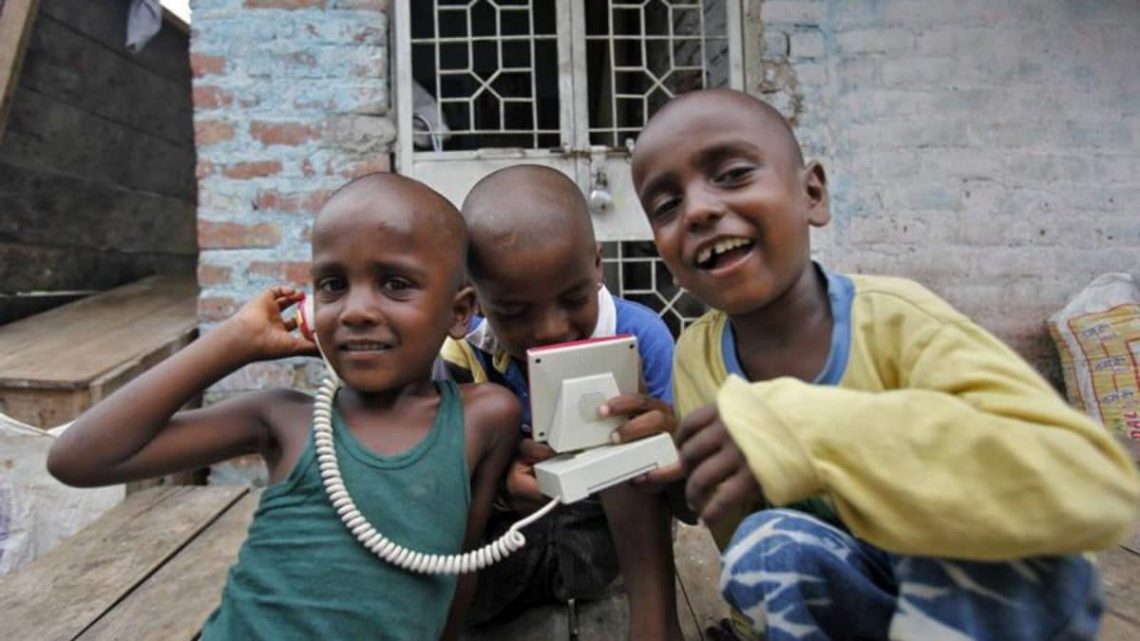In a historic first in India, rural poverty declined faster in the villages dipping below 5 per cent over the span of a year.
The latest SBI Research paper says that rural poverty declined to 4.86 per cent in 2023-24 from 7.2 per cent in the previous year. It was 25.7 per cent in 2011-12.
Meanwhile, in urban areas, the decline was slower in 2024 year-on-year. It was at 4.09 per cent in FY24 compared with 4.60 per cent in the previous year, SBI Research said.
According to the SBI report, a sharp increase in rural spending helped bring down India’s rural poverty ratio.
As per the SBI report, the physical infrastructure was leading to urban mobility, which led to reducing the gap between poverty incidence in rural and urban areas, and also the rural income inequality.
Another factor for the declining rural-urban gap was the rise in government scheme transfers such as Direct Benefit Transfers (DBTs), efforts to increase farmers’ income, and overall advancements in rural livelihood.
“Around 30 per cent of the Rural MPCE (monthly per-capita consumer expenditure) is explained by factors that are endogenous to the rural ecosystem. Such endogenous factors are mostly due to the initiatives the government has taken in terms of DBT transfers, building Rural infrastructures, augmenting farmer’s income, improving the rural livelihood significantly,” the SBI report stated.
MPCS is considered to be an important indicator of the economic level of a family.
The report further said that it could be possible that these numbers could undergo minor revisions once the 2021 census is completed and new Rural Urban population share is published.
“We believe urban poverty could decline even further. At an aggregate level, we believe poverty rates in India could now be in the range of 4-4.5 per cent with almost minimal existence of extreme poverty,” the SBI Research said.
In 2023-24, the gap between the rural-urban consumption narrowed to 69.7 per cent from 71.2 per cent in the previous year and 83.9 percent a decade ago.
The report pointed out that changes in food items, despite low spending, had a significant impact on consumption. A higher inflation translated into lower consumption across the board.
This impact was more pronounced in rural areas of low-income states. Alternatively, middle income states were largely responsible for sustaining consumption demand.
With inputs from agencies.
Link to article –
In a first, poverty declines faster in Indian villages than urban areas in 2024
